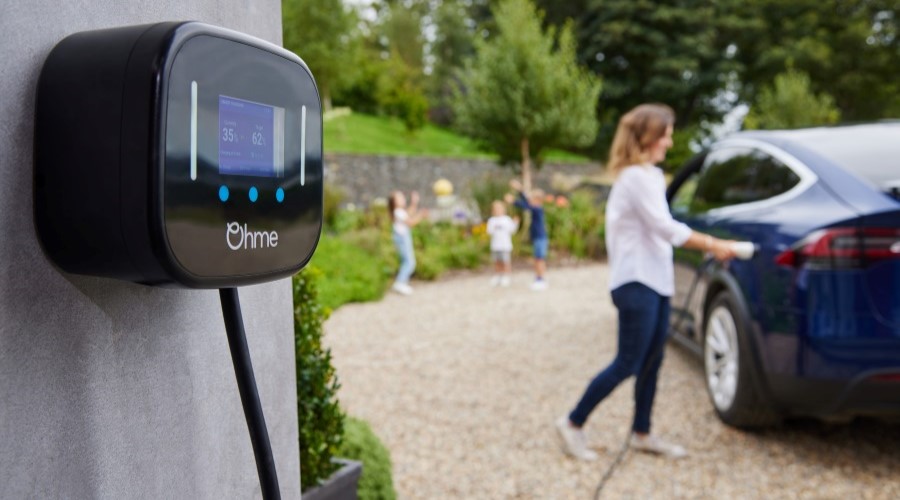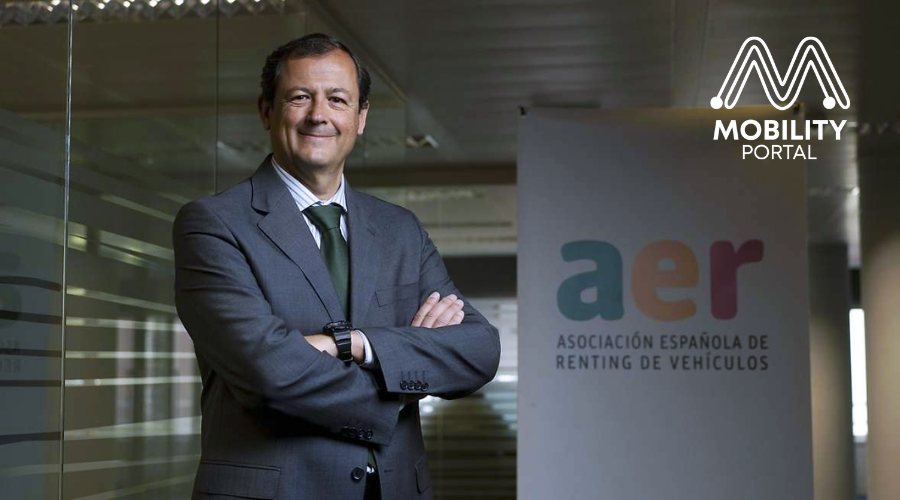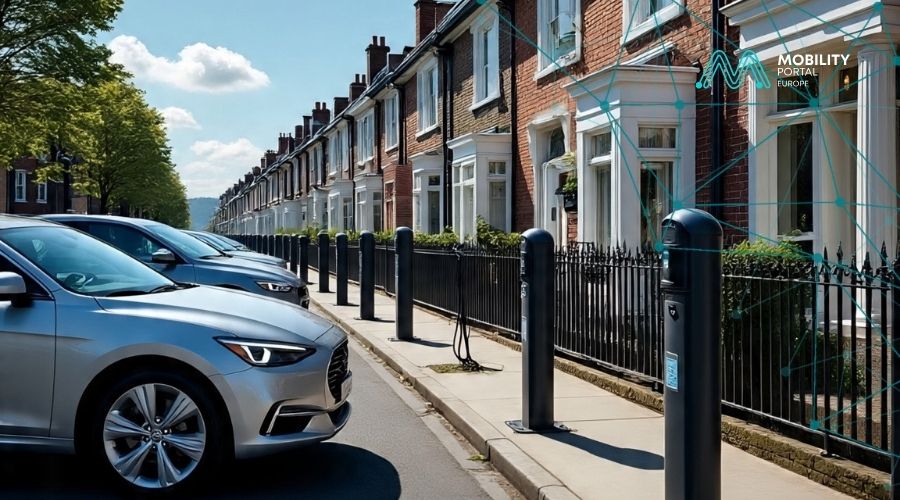Ohme’s arrival in Argentina comes with a clear focus: the priority is to ensure that users can charge their vehicles at home without any trouble.
It is not presenting itself as a simple supplier of home electric chargers, but as a company that integrates equipment, installation and service to tackle one of the main bottlenecks in local electromobility: the lack of support for home charging.
The company recalls that its story began seven years ago in Europe, with a dual goal: accelerating the adoption of electric vehicles and, in parallel, contributing technology for grid balancing through mobile batteries.
Today, it is projecting that know-how onto a market that is only just beginning.
“We are a company focused on home charging and, after these years, we have one of the largest bases of home-installed chargers in Europe,” summarises Pieter Van Der Auwermeulen, Strategy Manager at the firm, in an exclusive interview with Mobility Portal.
From domestic charger to full solution
The diagnosis for Argentina is straightforward: the vehicle offering is moving faster than installation and after-sales infrastructure.
Electric and plug-in hybrid vehicles are being sold and chargers are being delivered, but users are often left alone at the most critical stage: adapting their electrical installation, configuring the device, and understanding charging times and energy consumption.
This is where Ohme aims to position itself.
“Buying an electric vehicle is already a challenging decision. If the charger then arrives in a box and nobody takes responsibility for installing it properly, the experience falls apart,” says Julián Costa, Pre-sales Engineer in Argentina.
The model they are bringing to the country aims to have the charger installed before the vehicle arrives, with a complete process: assessment of the home, check of available power, selection of the appropriate unit, electrical work, commissioning and support.
The portfolio presented for the local market focuses on smart AC chargers with Type 2 connectors, designed for residential use and small fleets.
Management is done via an app that allows users to schedule charging times, adjust power according to the home’s electrical capacity, and monitor consumption by session or by vehicle.
As an operational reference, they indicated that with a charger of around 7 kW, a typical model can go from 20% to 80% in around 5 to 6 hours, always depending on the battery and the user’s internal electrical conditions.
One of the points the company emphasises is that home charging is not a generic “plug-and-play” solution. Every home has its particularities: single-phase or three-phase, contracted capacity, presence or absence of solar panels, and the condition of the installation.
According to Ohme, underestimating this complexity was a recurring mistake in the early European years, when many carmakers delivered equipment without a solid installation scheme, resulting in frustrated customers.
The promise for Argentina is to avoid repeating that path.
Working with dealerships and fleets
Their commercial strategy also departs from traditional logic. Ohme will not seek exclusive partnerships with a single brand; instead, it intends to work with all automakers and dealerships that need a technical partner for home installation.
The message to the channel is simple: the dealership can keep its focus on selling cars; the company takes responsibility for the charging solution.
Thus, when an issue arises, the user contacts the charger provider directly, rather than returning to the carmaker or showroom with an electrical problem.
Timing, bureaucracy and the power grid
Regarding the local context, Julián Costa explains that the timing of entry is linked to a combination of regulatory openness, the arrival of new brands and pro-business signals.
He highlights that the office is already operational and that the first batches of equipment are expected to arrive in the coming weeks, once administrative procedures are completed.
On the impact on the power grid, the position is cautious.
At present, he notes that the number of plug-in vehicles in Argentina does not pose an immediate risk of saturation.
However, the company’s technological architecture is designed so that, as the fleet grows, charging times and demand can be managed, and aggregated data can be shared to help avoid problematic peaks.
European experience, explains Roberto Fauda Pichet, Senior Pre-sales Engineer, shows that coordination between households, distributors and technology providers is key when volume multiplies.
Regarding standards, he confirms that they will work in line with the local trend towards Type 2 in AC, and that they are capable of adapting to different vehicle and socket scenarios, avoiding short-term technological lock-ins.
The conclusion from their arrival is clear: Ohme is here to occupy a space that the Argentine market has not yet fully resolved.
If they manage to ensure that users can plug in at home and charging works first time—without bounced calls or poor installations—their proposal becomes a direct ally to brands wanting to sell electric vehicles without adding charging-related complaints. That is the bet Ohme is putting on the table.
DISCOVER MOBILITY PORTAL DATA
Mobility Portal Data is a new, exclusive market intelligence platform offering reliable data and key reports for smart decision-making in the automotive sector — covering combustion and electric vehicles, as well as charging infrastructure.
Research, trend analysis, precisely organised statistics, up-to-date information: everything at your fingertips.
With Mobility Portal Data, good decisions are on the way.
READ MORE
-
Ohme arrives in Argentina to solve the “installation pain” and after-sales issues in home charging
Ohme is opening a subsidiary in the country with a “hardware + installation + app” model. It aims to fill the gap between dealerships and the power grid, work with all brands without exclusivity, and ensure that the charger works from day one.
-
AER confirma más del 70% de electrificación en renting, pero alerta: “España tiene deberes pendientes”
El renting español se electrifica a ritmo récord y rebasa el 70% de cuota, pero el despliegue integral aún choca con burocracia, falta de capacidad eléctrica y asimetrías territoriales. El sector demanda un impulso coordinado.
-
UK allocates £1.5 billion to accelerate electric vehicle transition
The new funding package includes support for affordable electric vehicles, accelerated rollout of public charge points, and a review of public charging costs to ensure long-term accessibility.









